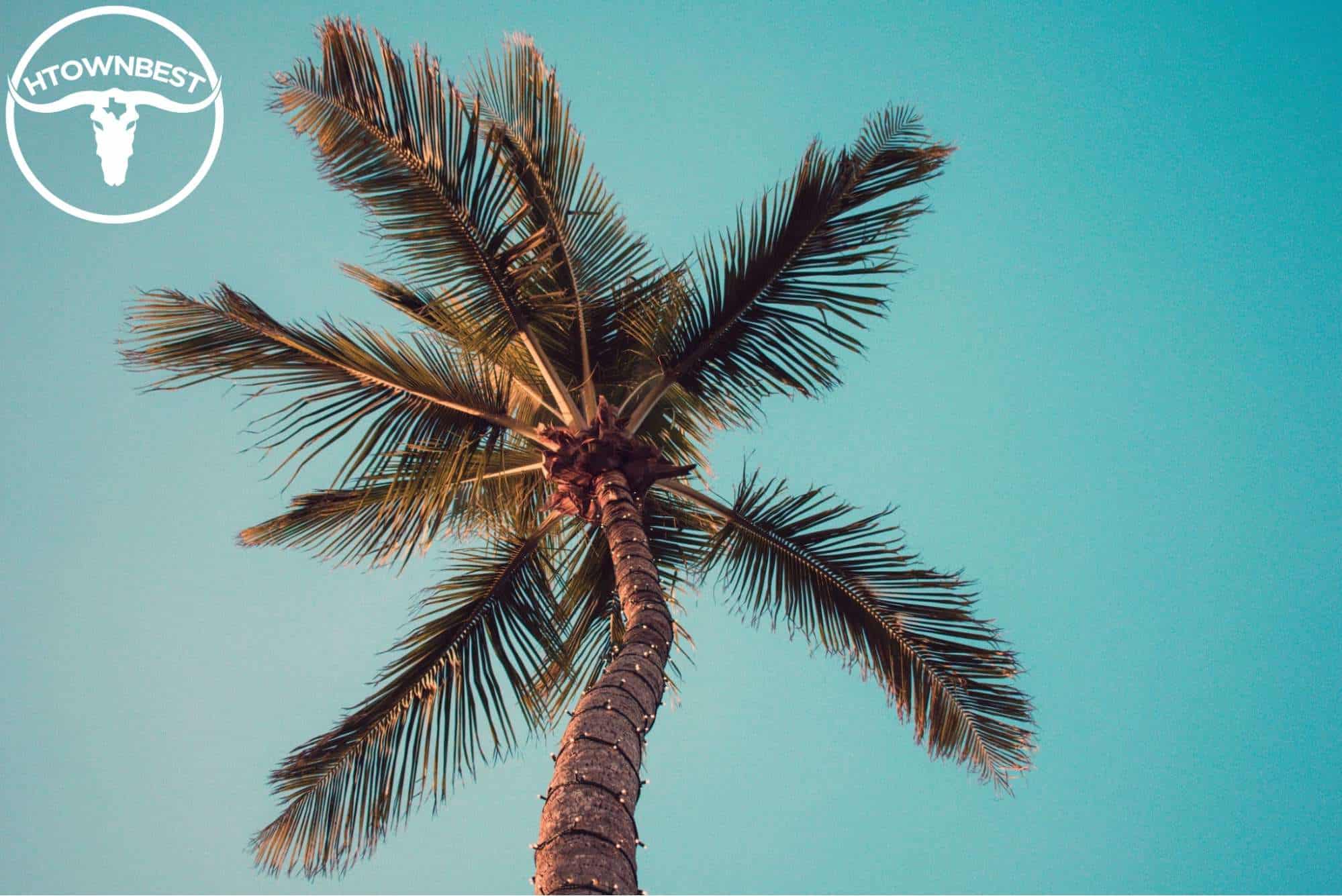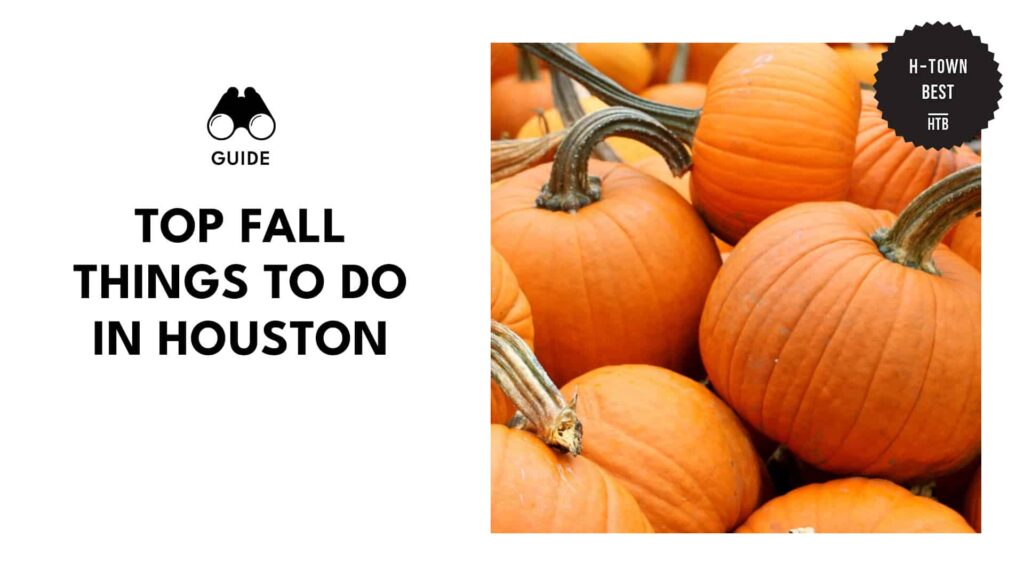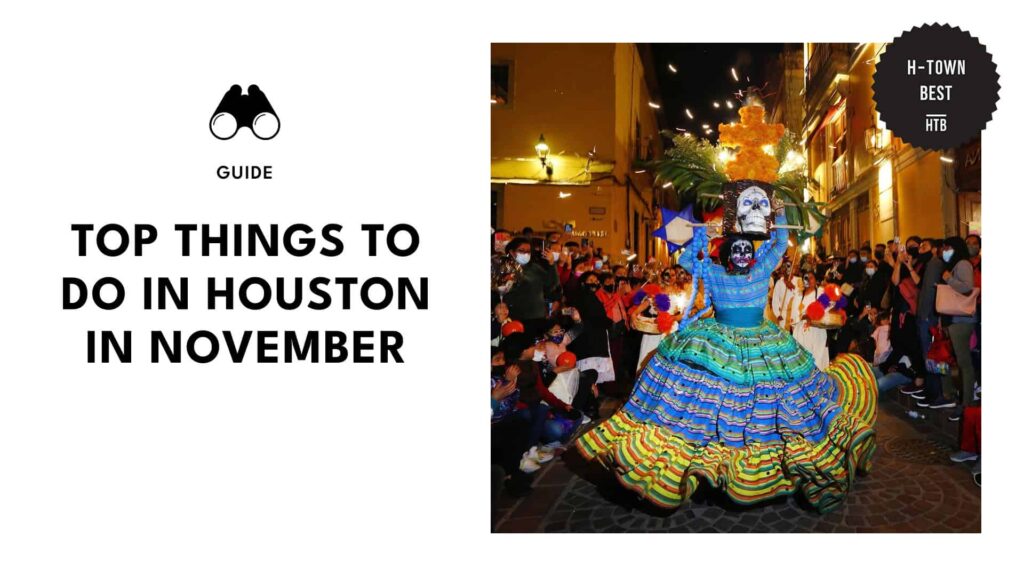Does Houston have palm trees?

- What palm trees are in Houston?
- Mexican Fan Palm (Washingtonia robusta):
- Canary Island Date Palm (Phoenix canariensis)
- Sago Palm (Cycas revoluta)
- Royal Palm (Roystonea regia)
- Windmill Palm (Trachycarpus fortunei)
- Chinese Fan Palm (Livistona chinensis)
- Pindo Palm (Butia capitata)
- Sabal Palm (Sabal palmetto)
- Coconut Palm (Cocos nucifera)
- Date Palm (Phoenix dactylifera)
- What kind of trees does Houston have aside from palm trees?
- Live Oak
- Pecan
- Magnolia
- Sweetgum
- Pine
- Cedar Elm
- Crepe Myrtle (Crape Myrtle)
Palm tree leaves blowing in the wind with sunlight seeping in between is, for most, synonymous with a little slice of heaven. Whether it’s on a beach or along the roads, the sight of palm trees triggers a sense of relaxation like no other.
Houston is home to a diverse array of palm trees and other plant life. Palm trees are commonly found in Houston’s warm, humid climate and can be seen throughout the city’s parks, residential neighborhoods, and commercial areas.
So if you’ve ever wondered what kind of palm trees are in Houston, you’re in the right place. Read on!
What palm trees are in Houston?
Mexican Fan Palm (Washingtonia robusta):

The Mexican Fan Palm is a majestic tree that stands out in the Houston landscape. Its slender trunk and elegant fan-like leaves make it an iconic symbol of the city.
In Houston, where the skyscrapers of downtown dominate the skyline, the Mexican Fan Palm is the natural equivalent, adding a touch of verticality to the city’s urban jungle.It can reach up to 100 feet tall, making it one of the tallest palm trees in the world.
Unlike other palm trees that have thick and robust trunks, the Mexican Fan Palm has a slim trunk that tapers towards the top. This unique shape gives the tree an unmistakable silhouette, which also makes it a great choice for planting in tight spaces.

The Mexican Fan Palm’s fan-like fronds can grow up to 6 feet long. Its thin finger-like leaves move gracefully in the wind, adding a sense of movement and animation to the landscape.
When it comes to care, this palm tree prefers well-drained soil and full sun exposure, but can also tolerate partial shade. It’s important to water it regularly, especially during the dry and hot summer months in Houston.
The tree is also fairly resistant to pests and diseases, making it a great choice for a hassle-free addition to your landscaping.
Canary Island Date Palm (Phoenix canariensis)

The Canary Island date palm is a stunning addition to any Houston landscape. With its tall, slender trunk and bushy crown of fronds, this palm is a true showstopper.
It’s a large tree that can grow up to 60 feet tall and 30 feet wide. The fronds of the palm tree are a deep green color and can reach up to 20 feet in length.
Its trunk is gray with diamond-shaped patterns from old leaf bases which makes it distinct. They also grow in a symmetrical pattern, adding to the palm’s overall beauty.

As the name suggests, the Canary Island date palm produces edible fruit that looks like small, reddish-brown dates. These fruits are sweet and rich in fiber and minerals.
It requires full sun and well-drained soil to thrive. It’s important to water it regularly during the first few years after planting to establish a strong root system. Fertilize it with a palm-specific fertilizer twice a year to promote healthy growth.
When it comes to landscaping, the Canary Island date palm is a popular choice in Houston for its unique and striking appearance. With its size and beauty, it’s sure to make a statement in any yard or public space.
Sago Palm (Cycas revoluta)

If you’re looking for a low-maintenance, yet eye-catching plant to add to your Houston garden or patio, the Sago Palm might be just what you need. This small but mighty palm has unique features and care requirements that make it stand out from other plants.
The Sago Palm has a short, stout trunk with a dense, symmetrical crown of glossy, deep green fronds. Its fronds are leathery and can grow up to 3 feet long, giving the plant a lush, tropical look.
This plant is actually a prehistoric plant that has been around for millions of years, making it one of the oldest plants on Earth. It’s also considered a living fossil, as it has changed very little over time.

While the Sago Palm is beautiful, it’s important to note that it’s also toxic to pets and humans. All parts of the plant contain cycasin, a toxin that can cause severe liver damage if ingested. If you have pets or small children, it’s best to keep it out of reach.
This palm tree is a slow-growing plant that requires well-draining soil and partial sun to thrive. It’s important not to overwater it, as it’s susceptible to root rot. Fertilize it with a slow-release palm fertilizer twice a year to promote healthy growth.
Royal Palm (Roystonea regia)

The Royal Palm is a majestic tree that can add a tropical touch to any Houston landscape. With its tall, slender trunk and feathery fronds, it’s no wonder it’s a popular choice for those looking to create a paradise in their own backyard.
One of the unique features of the tree is its striking crownshaft, a smooth, green or silver-colored column that extends from the base of the fronds to the top of the tree.

Caring for a Royal Palm in Houston can be a bit tricky, as the hot and humid climate can be both beneficial and harmful to the tree. It’s important to provide the tree with regular watering, especially during the dry season, and to fertilize it at least once a year.
In addition, the Royal Palm is susceptible to a few pests and diseases, including the Royal Palm Bug and Fusarium Wilt. Regular monitoring and treatment can help prevent these issues from causing harm to the tree.
Windmill Palm (Trachycarpus fortunei)

Despite its delicate appearance, the Windmill Palm is surprisingly hardy and can withstand temperatures as low as 5°F, making it an excellent choice for Houston’s occasional cold snaps.
But one of the unique features of the Windmill Palm is its small size.
It typically grows to a maximum height of 20-30 feet, making it ideal for smaller gardens or courtyards. Its trunk is covered in a layer of thick, brownish fibers, which add an interesting texture to its appearance.

The Windmill Palm is native to the Himalayan mountains, where it grows at elevations of up to 8,000 feet. This means that it’s used to cooler temperatures and can handle Houston’s occasional cold spells with ease.
When it comes to caring for a Windmill Palm, the key is to ensure that it’s planted in well-draining soil and receives regular watering during the summer months.
Additionally, adding a layer of mulch around the base of the tree can help to retain moisture and keep the roots cool.
Chinese Fan Palm (Livistona chinensis)

Houston may be known for its hot and humid weather, but that doesn’t mean you can’t enjoy some tropical beauty in your own backyard.
One of the most notable features of the Chinese Fan Palm is its leaves, which are shaped like a fan and can grow up to six feet wide. These leaves are also a beautiful shade of green, which can add a pop of color to any landscape.
Another unique feature of this palm is its trunk, which is covered in a brown, fibrous material that can give it an interesting texture.

If you’re thinking of adding a Chinese Fan Palm to your yard, it’s important to know that it prefers well-draining soil and plenty of sunlight. While it can tolerate some shade, it will thrive in a sunny spot.
And although it’s a slow grower, it can eventually reach a height of up to 30 feet, so make sure you have plenty of room for it to spread out.
When it comes to caring for your Chinese Fan Palm, regular watering is key. It can tolerate some drought, but it’s best to keep the soil consistently moist. You should also fertilize it once or twice a year with a palm-specific fertilizer to keep it healthy and happy.
Pindo Palm (Butia capitata)

If you’re looking for a palm tree that can handle Houston’s hot summers and occasional cold snaps, you might want to consider the Pindo Palm.
This South American native is known for its tolerance to a wide range of temperatures and soil types, making it a popular choice for Houston gardens.
One of the unique features of the Pindo Palm is its striking, blue-green leaves that are arranged in a circular pattern at the top of the trunk. These leaves are feathery and arch outward, creating a lovely canopy that can grow up to 15 feet in diameter.

The trunk of the Pindo Palm is typically covered in a fibrous material, giving it a unique texture that sets it apart from other palm species.
In addition to its stunning appearance, the Pindo Palm is also known for producing edible fruit. The fruit, also known as the Pindo or Jelly Palm fruit, is about the size of a small plum and has a sweet, tropical flavor.
When it comes to caring for your Pindo Palm, the key is to keep the soil consistently moist but not waterlogged. It prefers well-draining soil and is tolerant of a range of soil types, including sandy, loamy, and clay soils.
This can be achieved by watering deeply once or twice a week during the growing season and reducing watering in the winter months. Pindo Palms also benefit from regular fertilization and pruning to remove dead or damaged fronds.
Sabal Palm (Sabal palmetto)

Hey Houston, have you ever seen a tree that looks like it’s straight out of a postcard from Florida?
Well, that’s the Sabal palm! It’s also known as the cabbage palm, and it’s a popular choice for landscaping in Houston because of its ability to withstand our hot and humid climate.
The Sabal palm is a slow-growing tree that can reach up to 50 feet tall. It has a single, stout trunk with a crown of large, fan-shaped leaves that can grow up to six feet long.

The leaves are a blue-green color and have a unique curvature that gives the tree a graceful appearance.
One of the things that makes the Sabal palm unique is that it is the state tree of Florida. However, it’s not just limited to Florida’s climate – the Sabal palm is also commonly found in parts of Texas and Louisiana, including right here in Houston.
When it comes to caring for your Sabal palm, there are a few things to keep in mind. First, make sure the soil is well-drained and water your tree deeply and regularly during the growing season.
Second, be sure to prune any dead or damaged fronds, which will keep the tree looking tidy and also promote new growth. Finally, protect your Sabal palm from extreme cold temperatures, as it prefers warm and temperate conditions.
Coconut Palm (Cocos nucifera)

The coconut palm is one of the most recognizable trees in the world, known for its tall and slender trunk, large feathery fronds, and of course, the delicious coconuts it produces.
Coconut palms can grow up to 100 feet tall and have a lifespan of up to 100 years. They thrive in tropical climates, making them a common sight in coastal regions like Houston.
In fact, Houston’s warm and humid climate provides the perfect conditions for growing coconut palms, which can be seen lining the streets of many neighborhoods.
One of the unique features of the coconut palm is its ability to withstand hurricanes and high winds. Its strong root system and flexible trunk allow it to sway in the wind, rather than break or uproot.

Additionally, the tree’s large fronds can be stripped off in anticipation of a storm, reducing the wind resistance and minimizing damage.
When it comes to planting coconut palms, it’s important to select a location that receives full sun and has well-draining soil. These palms don’t tolerate standing water, so be sure to choose an area with good drainage.
You can also improve the soil by adding compost or other organic matter before planting.
Once your coconut palm is planted, it’s important to keep it watered and fertilized regularly. These palms prefer moist soil but can be susceptible to root rot if overwatered. It’s best to water deeply once a week rather than shallowly every day.
In terms of fertilizer, a slow-release palm fertilizer is recommended every three to four months.
Date Palm (Phoenix dactylifera)

Looking for a palm tree that can add a tropical touch to your Houston garden? Look no further than the majestic date palm!
This towering beauty can reach up to 100 feet tall, with long fronds that create a lush and inviting atmosphere. And with proper care, it can thrive in the Houston climate.
The date palm is known for its unique appearance, with a stout trunk and a crown of large, feathery fronds that can grow up to 18 feet long. These fronds are a beautiful blue-green color and create a lovely dappled shade.
In the spring, the tree produces fragrant yellow flowers that give way to sweet, edible dates in the fall.

If you’re interested in growing a date palm in Houston, there are a few things to keep in mind. First, make sure you choose a location with well-draining soil and plenty of sunlight.
The tree can tolerate some shade, but it will grow best in full sun. It’s also important to make sure the tree has enough space to grow – date palms can have a spread of up to 25 feet!
When it comes to caring for your date palm, proper watering is key. The tree should be watered deeply once a week, especially during hot and dry periods.
However, make sure not to overwater – date palms don’t like to have “wet feet” and can develop root rot if the soil is too saturated.
In addition to regular watering, it’s important to fertilize your date palm every few months with a high-quality palm fertilizer. This will help ensure that the tree has all the nutrients it needs to grow strong and healthy.
What kind of trees does Houston have aside from palm trees?

Houston is known for its lush, subtropical vegetation and is home to a wide variety of trees. In addition to palm trees, there are many other types of trees that can be found throughout the city.
Live Oak

Live Oak is a majestic tree that is often referred to as the “king of southern trees.” These have a broad canopy, making them ideal for shade, and their foliage provides a stunning backdrop for any landscape.
The Live Oak is known for its strength, durability, and ability to withstand harsh weather conditions, which is why it’s a favorite in Houston.
Live Oak trees have been used for a variety of purposes, including building boats, homes, and furniture. Their acorns are also a valuable source of food for wildlife.

You can usually find Live Oak trees in parks, backyards, and lining the streets of Houston’s historic neighborhoods.
To care for your Live Oak tree, make sure it is planted in well-drained soil and receives plenty of sunlight. Water it regularly, especially during hot and dry periods. Prune dead or diseased branches to keep the tree healthy.
Pecan

Pecan trees are a common sight in Houston and throughout the southern United States. They are known for their delicious nuts, which can be enjoyed raw or roasted, as well as for their beauty as shade trees.
Pecan trees can grow up to 100 feet tall and have a wide, spreading canopy. Their leaves are green and oval-shaped, and they turn yellow in the fall before dropping off for the winter.
Pecan trees are also known for their attractive bark, which is smooth and gray when young but becomes rough and dark as the tree ages.
In addition to producing delicious nuts, pecan trees are also valuable for their wood, which is used to make furniture, flooring, and other items. Pecan wood is known for its strength, durability, and beautiful grain.

Pecan trees can typically be found in parks, residential areas, and along roadsides throughout Houston. They thrive in full sun and well-drained soil, but they can also tolerate some shade and a variety of soil types.
When planting a pecan tree, be sure to choose a location with plenty of room for the tree to grow, as it will become quite large over time.
To care for a pecan tree in Houston, it’s important to water it regularly during periods of drought, especially during the summer months.
Pecan trees also benefit from annual fertilization in the spring and regular pruning to maintain their shape and promote healthy growth.
It’s also important to protect the tree from pests and diseases, which can be done through regular inspections and treatment if necessary.
Magnolia

Magnolia trees are known for their large, showy, fragrant flowers that bloom in the spring and summer. The most common magnolia tree species found in Houston is the Southern Magnolia, which is also the state tree of Mississippi.
They are also prized for their glossy, dark green leaves that provide year-round beauty.
Magnolia trees are commonly used in landscaping as shade trees, ornamental trees, or as a focal point in a garden.
To care for a magnolia tree in Houston, it’s important to plant it in well-draining soil and provide it with plenty of water during dry spells. Magnolias prefer moist, but not waterlogged soil.

They also require regular fertilization to keep their foliage healthy and vibrant.
Pruning is important for shaping the tree and removing any damaged or diseased branches. However, magnolias should be pruned carefully, as excessive pruning can cause stress and damage to the tree.
Sweetgum

If you’re looking to add some vibrant color to your Houston landscape, a Sweet Gum tree is an excellent choice.
These trees can grow up to 75 feet tall and have a distinct star-shaped leaf that turns a brilliant red, yellow, or purple in the fall. They are also known for their corky bark and spiky fruit balls.
Sweet Gum trees are native to the southeastern United States and have been a favorite among gardeners and landscapers for centuries. Their wood is prized for its durability and is commonly used for furniture and flooring.

In Houston, you can find Sweet Gum trees in parks, along roadsides, and in residential landscapes. They are hardy trees that can withstand Houston’s hot and humid climate preferring moist, well-drained soil and full sun to partial shade.
Caring for Sweet Gum trees in Houston is relatively easy. Regular watering is essential, especially during dry periods, and adding a layer of mulch around the base of the tree can help retain moisture.
Sweet Gum trees are also susceptible to aphids, so keeping them clean and free of debris can help prevent infestations.
Pine

Pine trees are a common sight throughout Houston, providing shade and natural beauty to the landscape. There are several types of pine trees that grow in Houston, including loblolly pine, slash pine, and longleaf pine.
The pine tree is known for its evergreen needles and tall, slender trunk. They can grow to be quite tall, sometimes reaching heights of up to 100 feet. The bark is often thick and scaly, providing a protective layer for the tree.
Pine trees have a unique aroma and are often used during the holidays for decorations.
However, they also help to reduce erosion, clean the air, and provide shade to other plants and animals.

They also produce pine cones, which are an important food source for wildlife.
Pine trees require well-draining soil and plenty of sunlight. They also need to be watered regularly, especially during periods of drought.
Pine trees are susceptible to a few different pests and diseases, so it is important to monitor them for signs of damage.
Cedar Elm

Cedar elm trees are native to the region and are well-adapted to the hot and humid climate of the Gulf Coast.
These trees can grow up to 50 feet tall and have a spread of 30 to 40 feet. They’re deciduous with bark that is gray-brown and deeply furrowed.
Cedar elm leaves are small, ovate, and serrated, with a glossy dark green color on top and a lighter green underside. They turn yellow in the fall, adding a splash of color to Houston’s autumn landscape.
They’re also prized for their wood, which is strong, durable, and resistant to decay. It’s commonly used for furniture, flooring, and cabinetry.

The wood has a reddish-brown color with a pronounced grain pattern, making it an attractive choice for decorative woodwork.
In addition to their aesthetic and practical value, cedar elm trees are also ecologically important. They provide habitat and food for a variety of wildlife, including birds, squirrels, and insects.
They also help to filter pollutants from the air and water, contributing to a cleaner and healthier environment.
Cedar elm trees are quite easy to maintain and require little maintenance once established. They prefer well-drained soil and full sun but can tolerate some shade.
They are also drought-tolerant, making them a good choice for Houston’s hot and dry summers.
Crepe Myrtle (Crape Myrtle)

Crape Myrtle trees are a popular ornamental tree in Houston and are commonly found in parks, residential neighborhoods, and along roadsides.
These trees are prized for their showy, colorful blooms and their ability to thrive in the hot and humid climate of Houston.
Crape Myrtle trees are deciduous and can grow up to 20-30 feet tall with a spread of 15-25 feet wide. They have smooth, peeling bark and their leaves are dark green and glossy, turning yellow, orange, and red in the fall.

One of the most striking features of the Crape Myrtle tree is its abundant and vibrant flowers, which bloom from mid-summer to early fall. The flowers come in a range of colors, including shades of pink, red, lavender, and white.
The blooms are often grouped in large, showy clusters and have a delicate, crepe-paper-like texture, which gives the tree its name.
Crape Myrtle trees are relatively easy to care for and require moderate watering and pruning. They prefer full sun and well-draining soil.
In Houston, these trees can be susceptible to powdery mildew and sooty mold, so it is important to maintain good air circulation around the tree by pruning it regularly and avoiding overhead watering.





